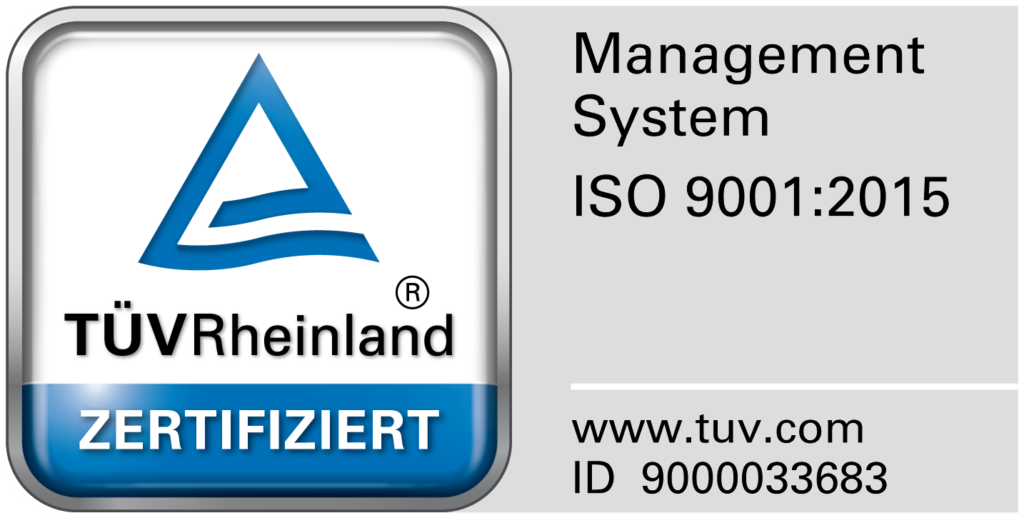RAW MATERIALS
Lithium
Due to the expected large surge in demand from e-mobility as well as stationary storage for renewable energies, the raw material lithium has moved into the focus of European companies and politics in recent years.
Lithium, which is essential for a transition to e-mobility, was included in the European Commission’s list of critical raw materials for the first time in 2020.
For electric vehicle batteries and energy storage alone, Europe will need up to 18 times more lithium by 2030 and up to 60 times more by 2050.

Presentation Risk Evaluation Lithium 2030 by Michael Schmidt – Economic Geologist at German Mineral Resources Agency DERA at BGR – Fed. Inst. for Geosciences and Natural Resources

Presentation Risk Evaluation Lithium 2030 by Michael Schmidt – Economic Geologist at German Mineral Resources Agency DERA at BGR – Fed. Inst. for Geosciences and Natural Resources
Rare Earth Elements (REE)
Rare earth elements are used for permanent magnet motors. These motors are used in particular where a high power-to-weight ratio is required and where only limited installation space is available. These include the automotive industry, wind power plants, materials handling equipment, electric motors, turbo rotors and where particularly high efficiency is required.
Of course, permanent magnet motors are also used in industrial compressors. This makes them particularly efficient.


Copper
Copper demand is expected to almost double cumulatively over the next seven years as cities around the world implement smart technologies. A global study conducted by Martec Group and commissioned by the International Copper Association (ICA) found that copper is the material of choice for smart city technology thanks to its unique conductive properties that lead to improved efficiency.
Tin
The metal tin has been classified as a “critical raw material” by the German Raw Materials Agency (DERA). A secure supply of domestic mineral raw materials for the economy, especially ores and spades, is a central component of the raw materials strategy of the Free State of Saxony.
Cobalt
Originally, cobalt is a derogatory word derived from cobold, as no useful metal could be obtained from arsenic-containing ores in the past. Today, cobalt alloys are indispensable for magnetic and high-speed steel, stainless steels and superalloys for jet engines and gas turbine generators. It is also used in chemical catalysis, battery production and electroplating, in addition to the well-known blue colour (blue pigments for porcelain, glass, pottery, tiles, enamel).
Manganese
The uses of manganese are very versatile and are used in the steel industry (alloys with Fe, Cu, Ni, Al, Mg, Si) as bimetallic alloys or as dry cell batteries, chemical industry (e.g. potassium permanganate for water purification), paints and pigments, glass colouring and glass decolouring agents, medicine, strong oxidant (potassium permanganate), quantitative analyses, agriculture, important trace element in food, jewellery (e.g. rhodochrosite).
Nickel
Named after a mountain spirit and discovered in 1751, nickel’s hardness and durability predestine it for the production of both kitchen utensils and coins. The American 5-cent coin, the “nickel”, is 25% made of this metal. Today, it is mainly used in alloys (e.g. stainless steel) and coatings (for vehicle construction, mechanical engineering, construction industry, chemical industry, electrical industry, packaging materials), electroplating (for the automotive industry), coinage, glass colouring agents (green colour), catalyst for vegetable oils, Ni-Cd batteries, permanent magnet alloys, as well as seawater desalination plants.
Platinum Group Metals (PGM)
Platinum (Pt), palladium (Pd) and rhodium (Rh), along with ruthenium (Ru), osmium (Os) and iridium (Ir), are among the PGMs known and used for their purity, high melting point and unique catalytic properties. The first three are primarily used for the production of automotive exhaust and industrial catalytic converters. In addition, large quantities of platinum are used in the jewellery industry. For palladium, electrical engineering is another important application, underpinning the importance of PGMs for green energy and mobility.
Gold
There is a good reason why the gold market is repeatedly used as an indicator of current investor sentiment. After all, experience shows that investors appreciate the precious metal especially in uncertain market phases: if inflation rises or the stock markets go to their knees, more capital flows into the proven “safe haven”.
According to the World Gold Council, global annual gold production is typically between 2,500-3,000 tonnes per year. The main uses are jewellery, investments, electronics and industry.
We focus on the following raw materials in our projects.




